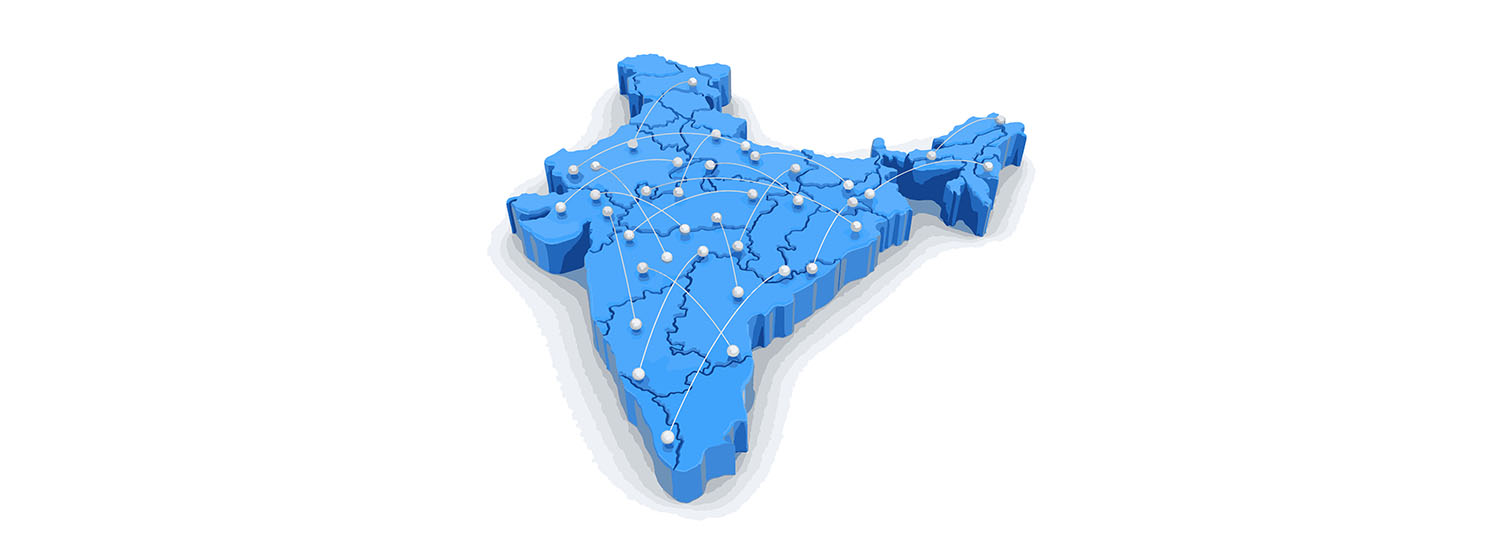|
Getting your Trinity Audio player ready...
|
The Reserve Bank of India (RBI) sees India’s financial sector growing increasingly complex due to the rise of various digital products, shared market infrastructure, and common information technology (IT) service providers. While the central bank is committed to improving the digitalization of banking services, it also has been busy addressing growing cybersecurity threats.
“The financial sector has indeed become more complex, with the development of multiple digital products, common market infrastructure, and common service providers for IT services. These developments have elevated both the micro-prudential and macro-prudential risks,” Shaktikanta Das, RBI Governor, said at the CNBC-TV18 Global Leadership Summit.
“The Reserve Bank has been proactive in addressing the growing cybersecurity challenges in the financial sector by issuing regulations related to basic cyber hygiene in regulated entities, digital payments security controls, IT outsourcing and IT governance,” Das elaborated.
The world’s fastest-growing major economy recently reported an unprecedented rise in digital payments fraud. It strives to become a digital powerhouse while leveraging emerging technologies as a catalyst for economic growth.
Data from RBI’s annual report show that digital payment fraud in India jumped to a record 14.57 billion rupees ($175 million) in the fiscal year that ended in March 2024 (FY2023-24). Card or internet-based frauds accounted for about 80% of total bank and financial institution frauds in FY2023-24, compared to about 49% in the previous year (FY2022-23). However, frauds reported in a year could have occurred several years prior to the year of reporting.
The total number of bank fraud cases in FY2023-24, including frauds through forex transactions, cash, cheques, and demand drafts, was 36,075, of which digital payment frauds were 29,082, a jump of about 77% from 6,699 card or internet-based frauds in FY2022-23.
“Overall, the financial sector in India is now more robust and resilient than at the beginning of the recent period of turmoil. There is, however, no room for complacency. The regulator and the regulated entities must remain alert and future ready for the emerging challenges,” Das pointed out.
RBI’s cloud facility
Acknowledging the crucial role of data and its future potential, the RBI has set up an “Enterprise Computing and Cybersecurity Training Institute” in Bhubaneswar city in India, alongside developing a new data center.
“Work on setting up the financial sector cloud facility by the Reserve Bank is also gathering pace,” Das informed.
In December 2023, RBI announced that it would introduce a dedicated cloud facility for the financial sector in response to rising cybercrime and to strengthen data security. The new cloud infrastructure is designed to improve privacy, scalability, and ensure business continuity. It would also facilitate better scalability and business continuity. RBI said it intends to roll out the cloud facility in a calibrated fashion over the medium term.
According to the central bank, banks and financial entities are maintaining an ever-increasing volume of data, and many of them are utilizing cloud facilities for this purpose.
Digitalization of banking services has received a further boost from RBI’s pilot, the Unified Lending Interface (ULI), which was designed and developed by the Reserve Bank innovation Hub (RBIH) in Bengaluru, India.
“A few other initiatives of RBIH are also in the pipeline,” Das said without providing details.
RBI’s ULI, expected to completely transform credit delivery in the country, is a technology platform built to facilitate easy access to authenticated data from various sources through a standardized Application Programming Interface (API) to which all lenders can connect seamlessly through a plug-and-play model.
As part of RBI’s strategy to improve digital public infrastructure in India, the ULI facility would allow frictionless credit to farmers and borrowers of micro, small and medium enterprises (SMEs) to start with. ULI is also designed to unlock critical financial, non-financial, and alternate data for banks, including digitized state land records, milk pouring data from milk federations, satellite data, and property search services, through a single interface.
With a one-time integration with the platform, banks can leverage information from all these sources, eliminating the need for multiple bilateral integrations with each data and service provider.
Transforming the financial system
“The success of the Unified Payments Interface (UPI) and implementation of the central bank digital currency (CBDC) pilot project (e₹) are transforming the wider financial system,” Das pointed out.
India’s UPI has emerged as the most preferred method of retail payments, with a 79.6% share in total volumes of retail payments made in 2023-24, according to a RBI report. The UPI has seen a tenfold increase in volume over the past four years, from 12.5 billion transactions in 2019-20 to 131 billion transactions in 2023-24, or 80% of all digital payment volumes.
Recently, Das said that although India’s CBDC is still in its pilot phase, the central bank is experimenting with various use cases of the e-rupee. For instance, Indian lenders are experimenting with providing credit in CBDC to tenant farmers without a land title or a formal registration of the tenancy agreement. Some banks have been providing programmed CBDC loans to tenant farmers to be used for a specific purpose, such as buying fertilizers. In these cases, the CBDC can only be encashed and utilized in a fertilizer depot; it cannot be used elsewhere.
Moreover, the e-rupee is also being utilized to connect purpose-bound money with generating agricultural carbon credits. For instance, banks can impose restrictions on the use of the money, ensuring it is only spent on specific items like fertilizers or other raw materials.
Watch: Exploring use cases for blockchain in India

 01-07-2026
01-07-2026 




